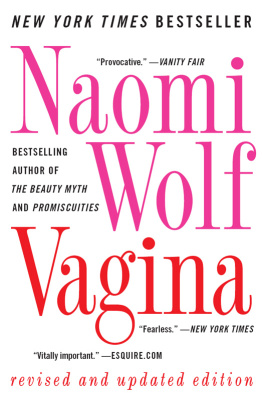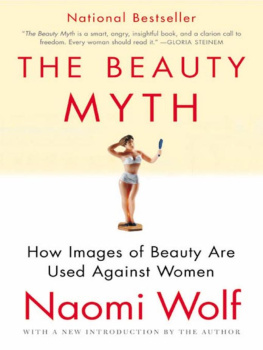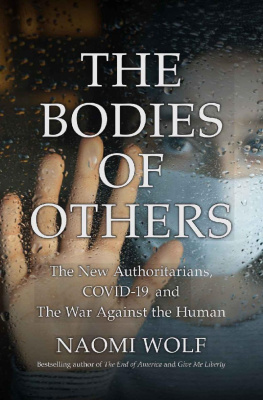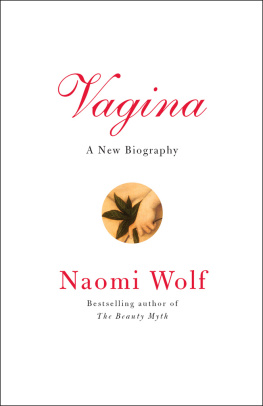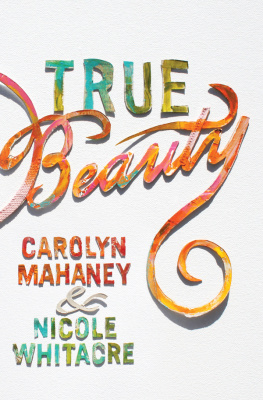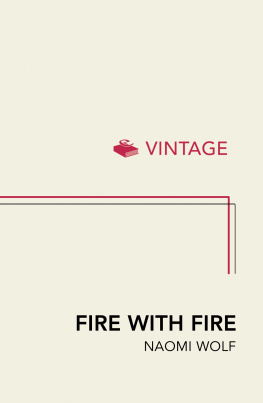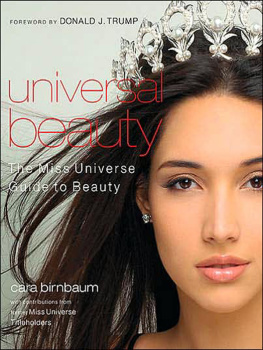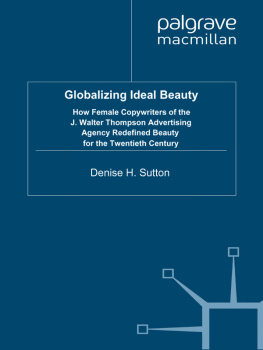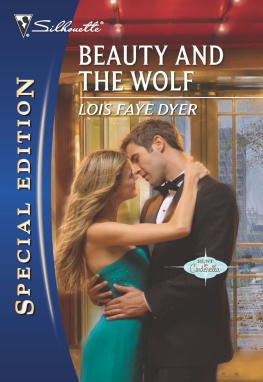It is far more difficult to murder a phantom than a reality.
When The Beauty Myth was first published, more than ten years ago, I had the chance to hear what must have been thousands of stories. In letters and in person, women confided in me the agonizingly personal struggles they had undergonesome, for as long as they could rememberto claim a self out of what they had instantly recognized as the beauty myth. There was no common thread that united these women in terms of their appearance: women both young and old told me about the fear of aging; slim women and heavy ones spoke of the suffering caused by trying to meet the demands of the thin ideal; black, brown, and white womenwomen who looked like fashion modelsadmitted to knowing, from the time they could first consciously think, that the ideal was someone tall, thin, white, and blond, a face without pores, asymmetry, or flaws, someone wholly perfect, and someone whom they felt, in one way or another, they were not.
I was grateful to have had the good luck to write a book that connected my own experience to that of women everywhereindeed, to the experiences of women in seventeen countries around the world. I was even more grateful for the ways that my readers were using the book. This book helped me get over my eating disorder, I was often told. I read magazines differently now. Ive stopped hating my crows feet. For many women, the book was a tool for empowerment. Like sleuths and critics, they were deconstructing their own personal beauty myths.
While the book was embraced in a variety of ways by readers of many different backgrounds, it also sparked a very heated debate in the public forum. Female TV commentators bristled at my argument that women in television were compensated in relation to their looks and at my claim of a double standard that did not evaluate their male peers on appearance as directly. Right-wing radio hosts commented that, if I had a problem with being expected to live up to ideals of how women should look, there must be something personally wrong with me. Interviewers suggested that my concern about anorexia was simply a misplaced privileged-white-girl psychodrama. And on daytime TV, on show after show, the questions directed to me often became almost hostilevery possibly influenced by the ads that followed them, purchased by the multibillion-dollar dieting industry, making unfounded claims that are now illegal. Frequently, commentators, either deliberately or inadvertently, though always incorrectly, held that I claimed women were wrong to shave their legs or wear lipstick. This is a misunderstanding indeed, for what I support in this book is a womans right to choose what she wants to look like and what she wants to be, rather than obeying what market forces and a multibillion-dollar advertisersing industry dictate.
Overall, though, audiences (more publicly than privately) seemed to feel that questioning beauty ideals was not only unfeminine but almost un-American. For a reader in the twenty-first century this may be hard to believe, but way back in 1991, it was considered quite heretical to challenge or call into question the ideal of beauty that was, at that time, very rigid. We were just coming out of what I have called The Evil Eighties, a time when intense conservatism had become allied with strong antifeminism in our culture, making arguments about feminine ideals seem ill-mannered, even freakish. Reagan had just had his long run of power, the Equal Rights Amendment had run out of steam, womens activists were in retreat, women were being told they couldnt have it all. As Susan Faludi so aptly showed in her book Backlash, which was published at about the same time as The Beauty Myth, Newsweek was telling women that they had a greater chance of being killed by terrorists than of marrying in mid-career. Feminism had become the f-word. Women who complained about the beauty myth were assumed to have a personal shortcoming themselves: they must be fat, ugly, incapable of satisfying a man, feminazis, orhorrorslesbians. The ideal of the timea gaunt, yet full-breasted Caucasian, not often found in naturewas assumed by the mass media, and often by magazine readers and movie watchers as well, to be eternal, transcendent. It seemed important beyond question to try somehow to live up to that ideal.
When I talked to audiences about the epidemic of eating disorders, for instance, or about the dangers of silicone breast implants, I was often given a response straight out of Platos Symposium, the famous dialogue about eternal and unchanging ideals: something like, Women have always suffered for beauty. In short, it was not commonly understood at that time that ideals didnt simply descend from heaven, that they actually came from somewhere and that they served a purpose. That purpose, as I would then explain, was often a financial one, namely to increase the profits of those advertisers whose ad dollars actually drove the media that, in turn, created the ideals. The ideal, I argued, also served a political end. The stronger women were becoming politically, the heavier the ideals of beauty would bear down upon them, mostly in order to distract their energy and undermine their progress.
Some ten years later, what has changed? Where is the beauty myth today? It has mutated a bit and, thus, it bears looking at with fresh eyes.
Well, most satisfyingly, today you would be hard-pressed to find a twelve-year-old girl who is not all too familiar with the idea that ideals are too tough on girls, that they are unnatural, and that following them too slavishly is neither healthy nor cool. American Girl magazine, aimed at nine-year-olds, discusses the benefits of loving your body and how misguided it is to try to look like Britney Spears in order to be happy. Junior high schools bring in eating-disorder lecturers and post collages of destructive beauty ideals in their hallways. I would say that when what started as an outsiders argument becomes the conventional wisdom of a Girl Scout troop, it is a sign of an evolution in conciousness. The time was right; girls and women were ready to say no to something they found oppressive. This is progress.
In spite of this newly developed media literacy, however, Ive also noticed that it is now an increasingly sexualized ideal that younger and younger girls are beginning to feel they must live up to. The notorious Calvin Klein ad campaigns eroticized sixteen-year-olds when I was a teenager, then eroticized fourteen-year-old models in the early nineties, then twelve-year-olds in the late nineties. GUESS Jeans ads now pose what look like nine-year-olds in provocative settings. And the latest fashions for seven- and eight-year-olds re-create the outfits of pop stars who dress like sex workers. Is this progress? I doubt it.
Any number of high school and college projects I have seenranging from a CD about looking perfect to a senior thesis about the African American beauty myth as it relates to hairhave analyzed media images of women and have taken apart ideals. Even pop culture has responded to womens concerns: take the TLC music video for the song Unpretty, for example, which shows a woman tempted to have breast surgery simply to please the demands of a boyfriend but who then decides against it. Yet while The Beauty Myth has definitely empowered many girls and women easily to critique mass cultures ideals, there are many ways in which that one step forward has been tempered by various steps back.


